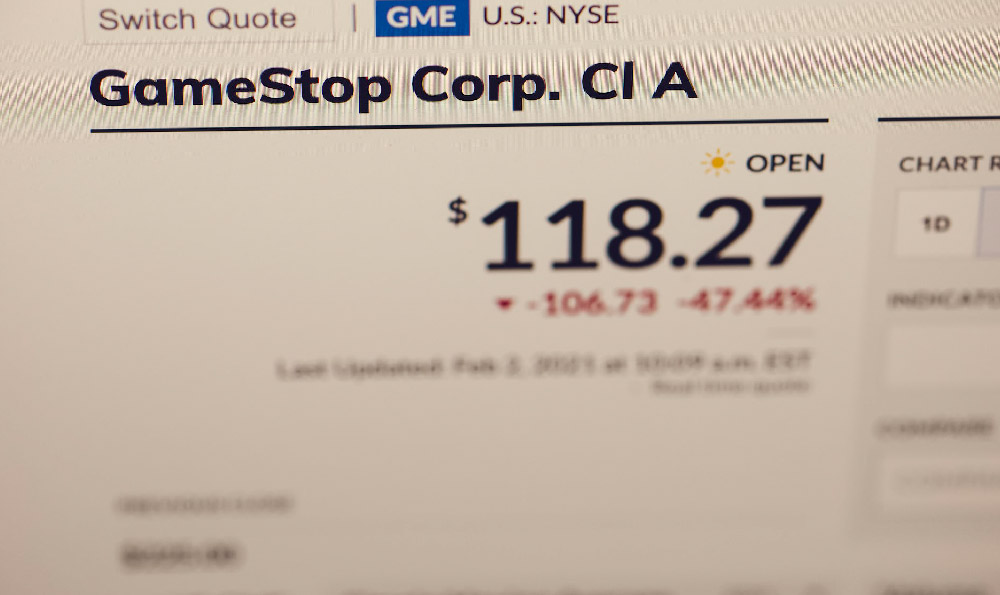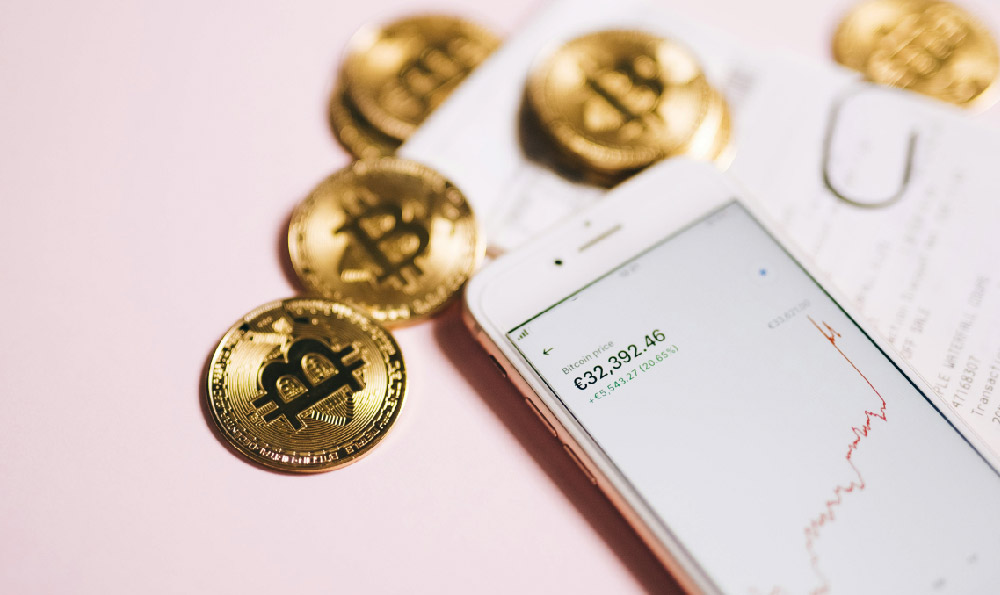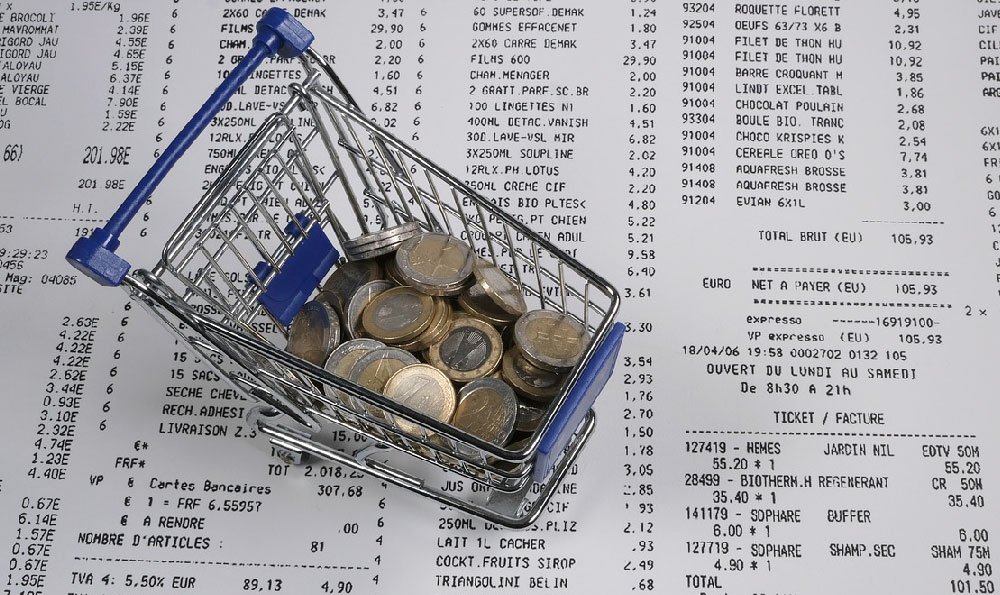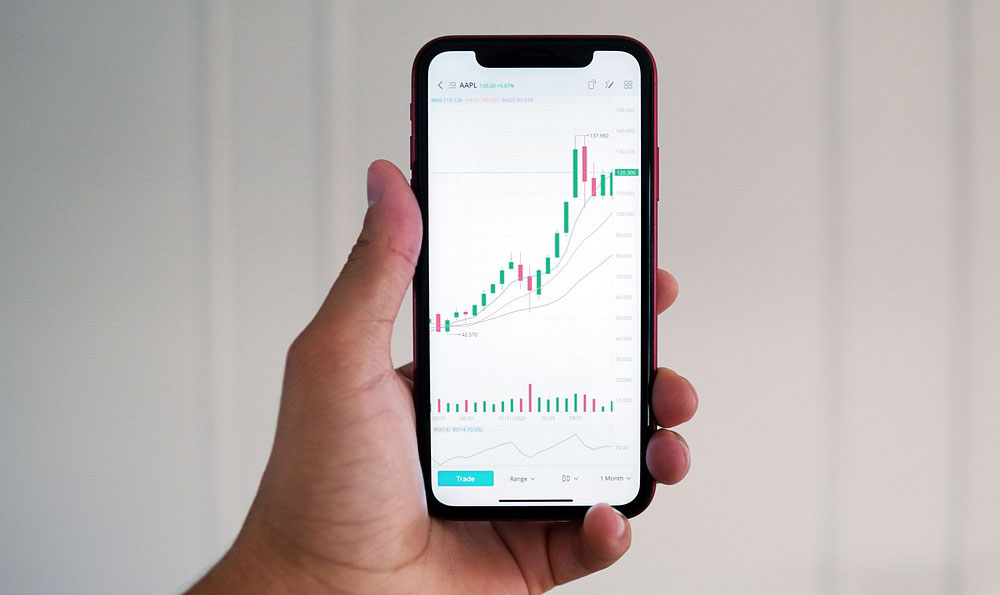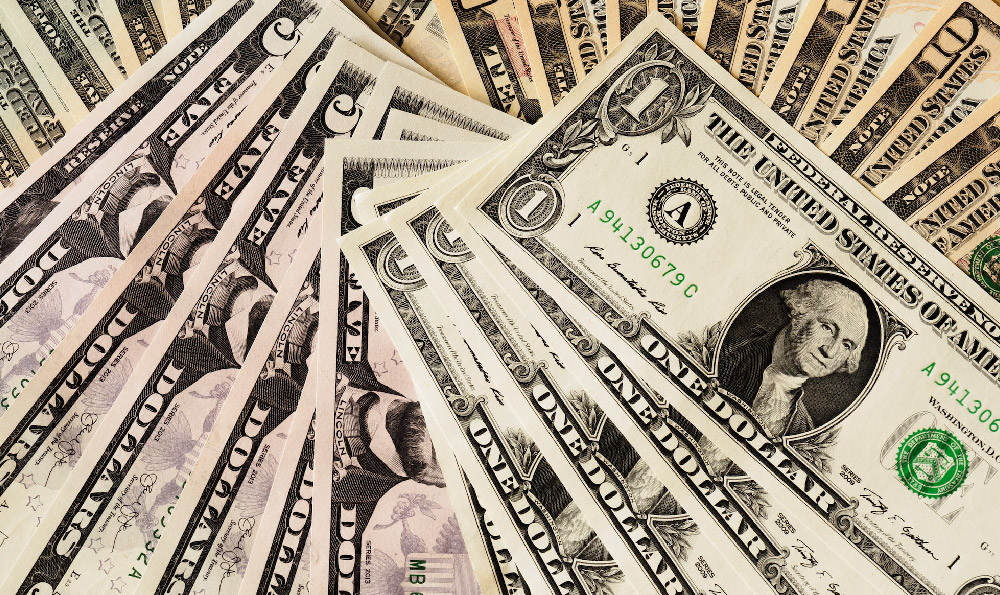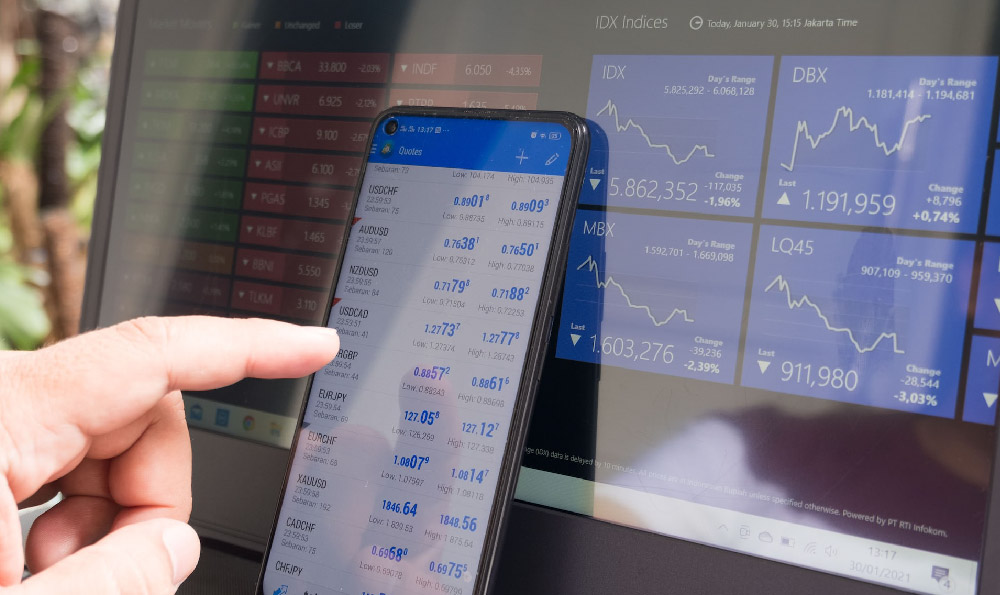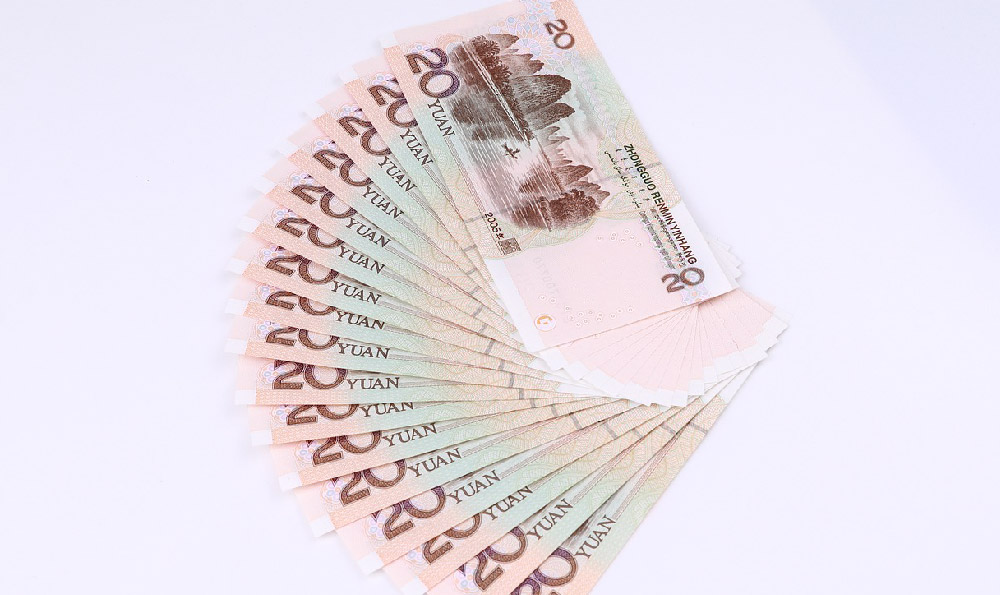Pablo Escobar, the name that echoes through the annals of Colombian history, is often synonymous with the country's infamous drug war. His rise from a humble beginnings in Medellín to the apex of the cocaine trade empire transformed not only his personal fortune but also the socio-economic landscape of the nation. At the core of this narrative lies an intricate web of illicit wealth accumulation, a pursuit that mirrored the complexities of the global narcotics market in the late 20th century. As one of the most prominent figures in the illegal drug trade, Escobar's net worth was not merely a reflection of his criminal activities but also a symbol of the vast economic consequences that such activities can entail.
To understand the magnitude of Escobar's wealth, it's essential to delve into the mechanics of his operations. His organization, the Medellín Cartel, achieved unparalleled dominance in the international cocaine market, controlling an estimated 80% of the trade during its peak in the 1980s. The sheer volume of transactions, coupled with the high price tags on cocaine, suggested an astronomical influx of capital. However, the question of how much of this wealth was actually retained by Escobar and his associates remains contentious. After several decades of speculation and limited official disclosures, assessments of his net worth have varied widely, ranging from billions to over 20 billion dollars, adjusted for inflation. This discrepancy underscores the challenges inherent in quantifying the wealth of individuals who operate in the shadows of legality.
Escobar's financial strategies were as ruthless as his criminal enterprises. To launder the immense sums generated from drug trafficking, his organization employed sophisticated techniques that blurred the lines between legal and illegal economies. These methods included investing in legitimate businesses such as construction, real estate, and even sports teams, and channeling profits through shell companies and offshore accounts. Such practices not only obscured the origins of his wealth but also allowed him to amass vast assets that could be liquidated in case of arrests or operations. The intertwining of illegitimate revenue with legal investments created a financial fortress that protected his wealth from immediate confiscation.
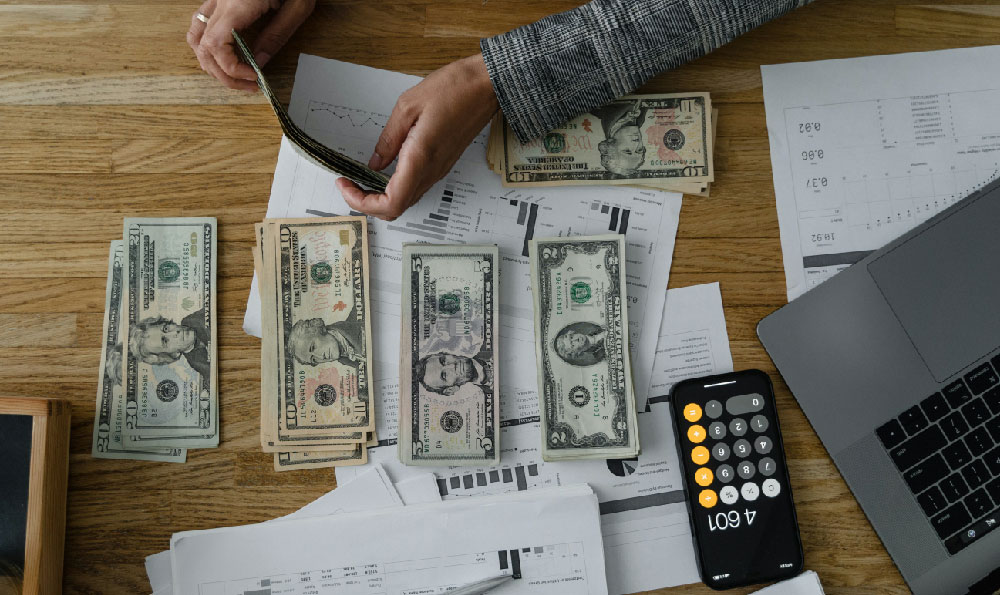
Beyond the staggering figures, Escobar's net worth was a pivotal factor in the broader conflict between his criminal empire and the Colombian state. The drug war was not just a struggle for control over cocaine markets; it was a war over the economic power that such markets generated. Escobar's wealth enabled him to fund paramilitary groups, influence local and national politics, and mount a formidable resistance against government crackdowns. This economic might translated into political leverage, as he bribed officials and infiltrated institutions, creating a system where his wealth was not only protected but also integrated into the social fabric of the country.
The eventual downfall of Escobar's empire was marked by a dramatic shift in the economic landscape of Colombia. After his death in 1993, the country embarked on a concerted effort to dismantle the remnants of the Medellín Cartel and restore economic stability. However, the toll of decades of drug-related violence and corruption was profound. The economic losses incurred by the Colombian government and society were immense, with millions of dollars spent on law enforcement, judicial reforms, and social programs aimed at combating the aftershocks of the drug war. These efforts underscored the paradox that while Escobar's wealth was a source of significant economic activity, it also became a burden that demanded a comprehensive reassessment of the nation's economic policies.
Even as the physical presence of Escobar's empire faded, the economic legacy of his criminal activities persisted. The intertwining of drug trafficking with legitimate economies created a ripple effect that extended beyond the immediate profits. In the aftermath of his death, the Colombian government implemented stringent measures to recover lost assets and prevent the resurgence of similar criminal organizations. These measures included monitoring financial transactions, dismantling business networks linked to drug trafficking, and enacting laws that criminalized money laundering. The economic landscape of Colombia was thus reshaped, not merely by the eradication of a criminal empire but by the active pursuit of financial transparency and accountability.
In conclusion, Pablo Escobar's net worth was not an isolated figure but a reflection of the economic forces at play during the height of the global drug trade. His wealth, fueled by the illicit sale of cocaine and bolstered by sophisticated financial strategies, represented a unique convergence of criminal enterprise and economic power. As the story of Escobar unfolds, it serves as a reminder of the complex interplay between wealth, power, and the consequences of criminal activities. The pursuit of such wealth demands not only an understanding of its origins but also a recognition of the broader implications on the economies and societies it touches.




